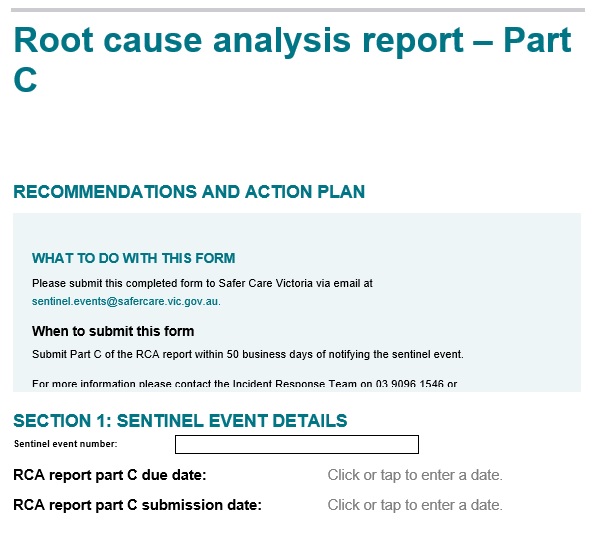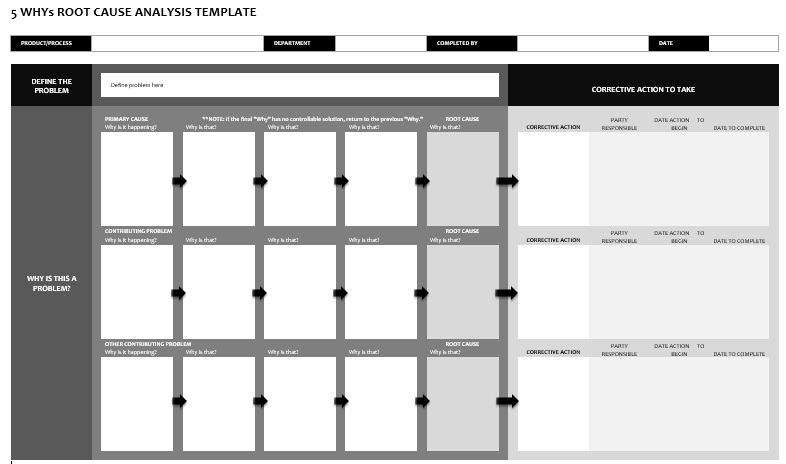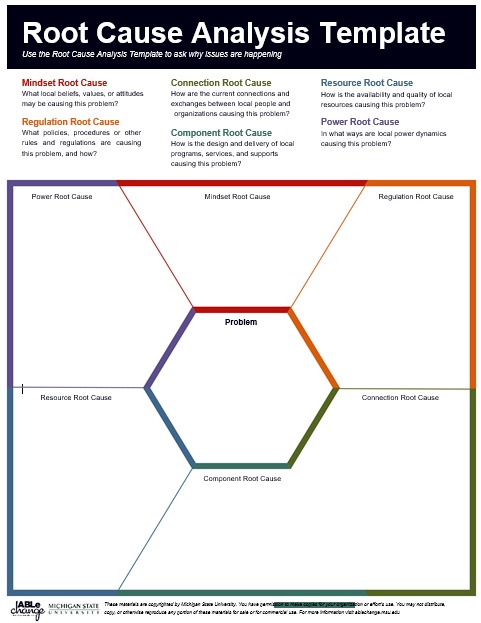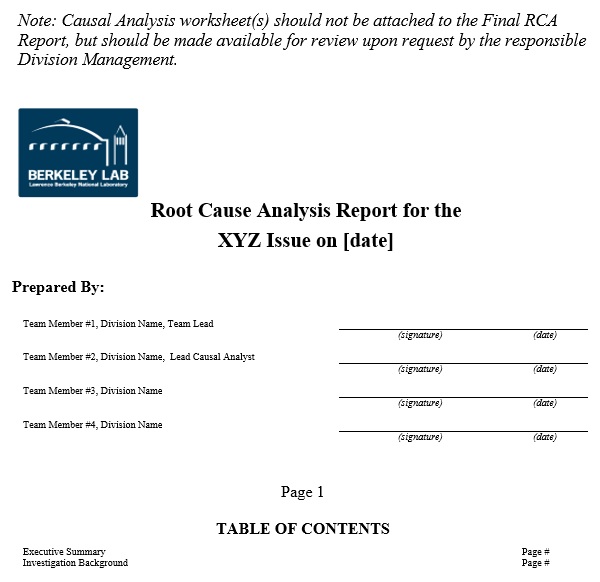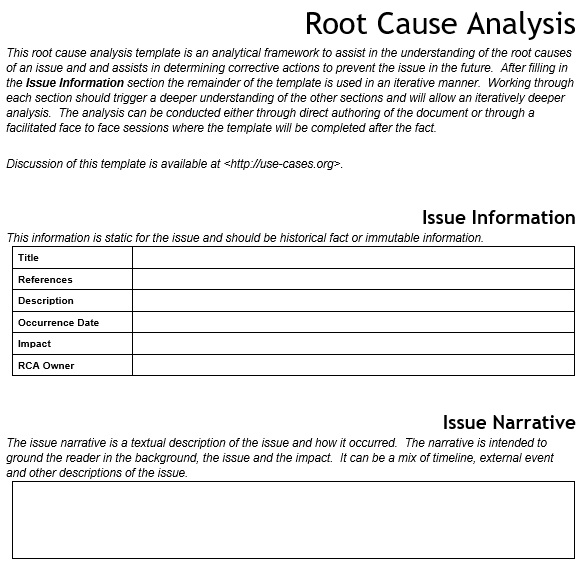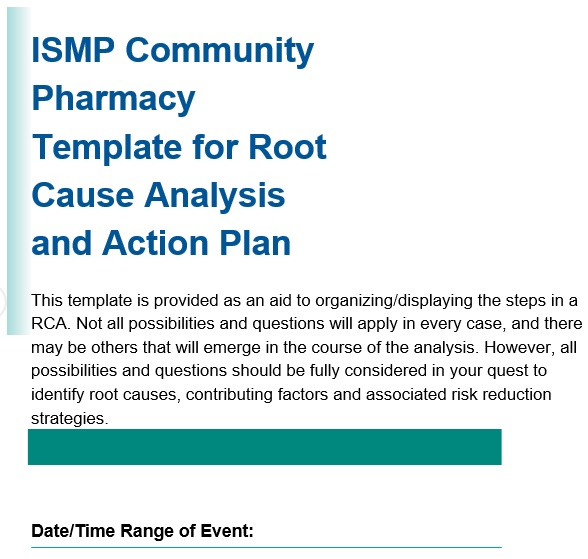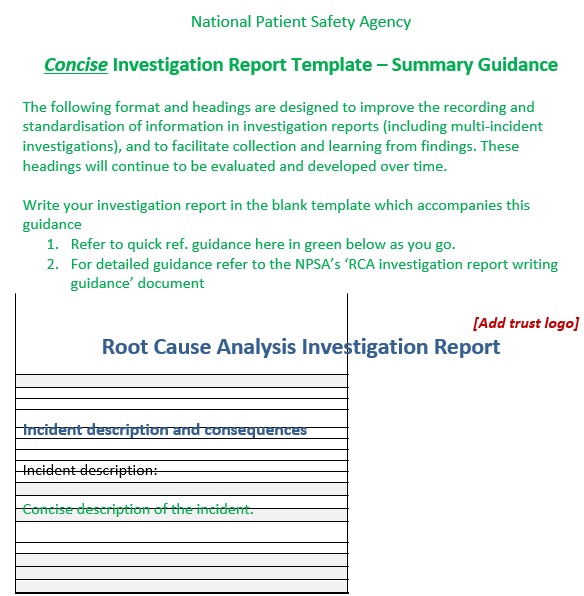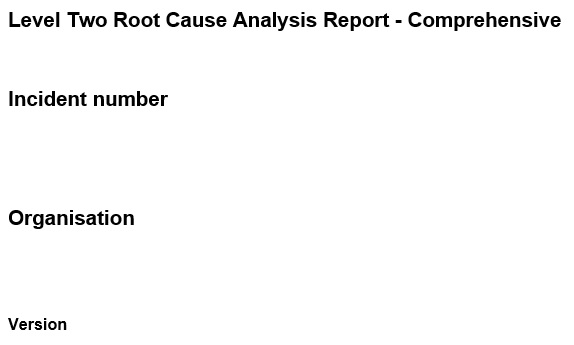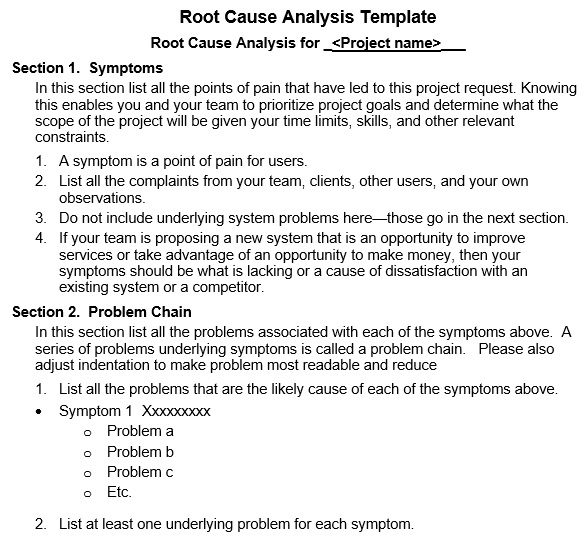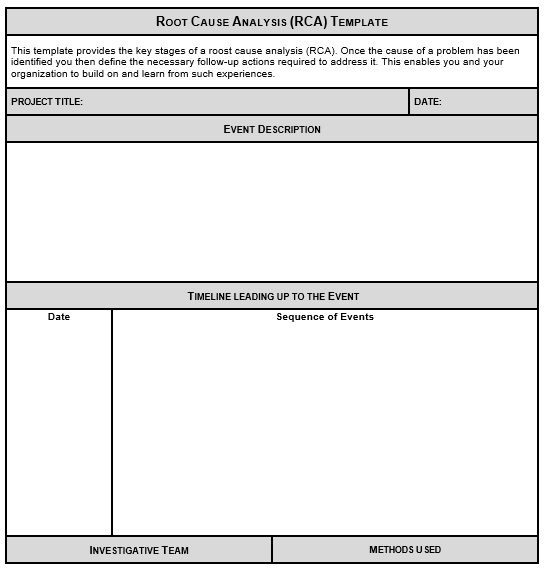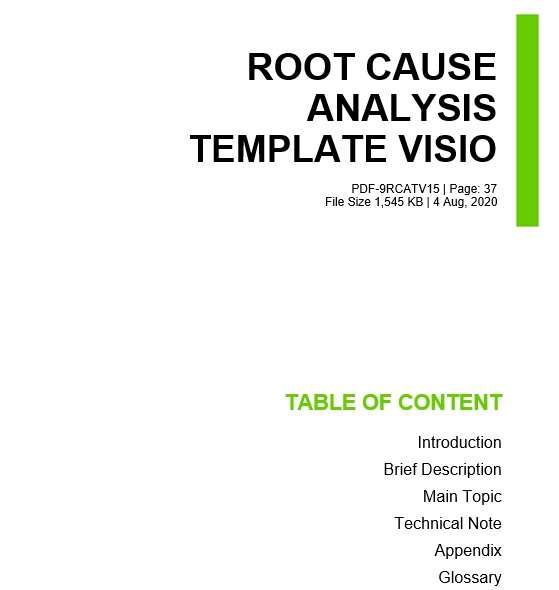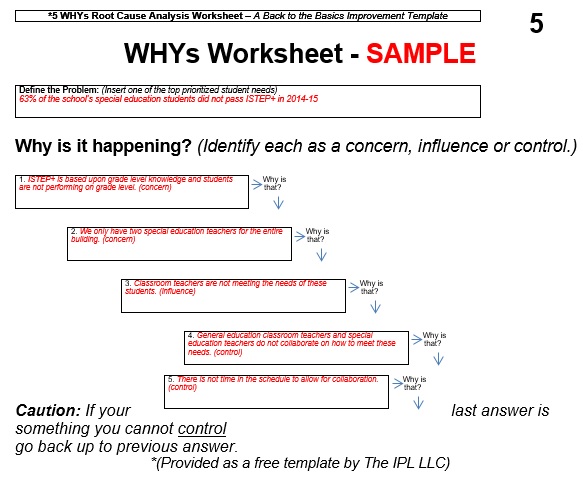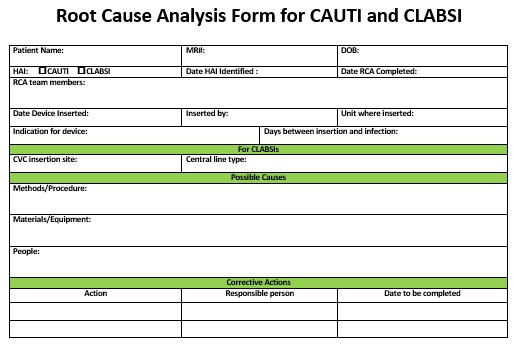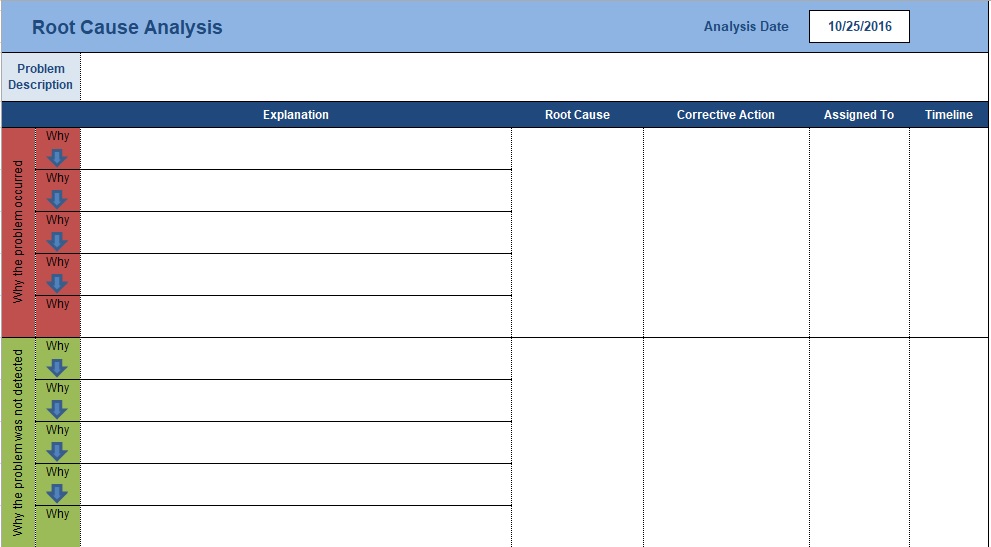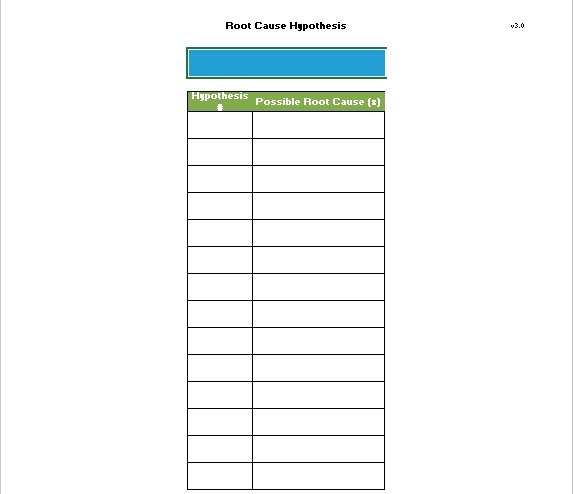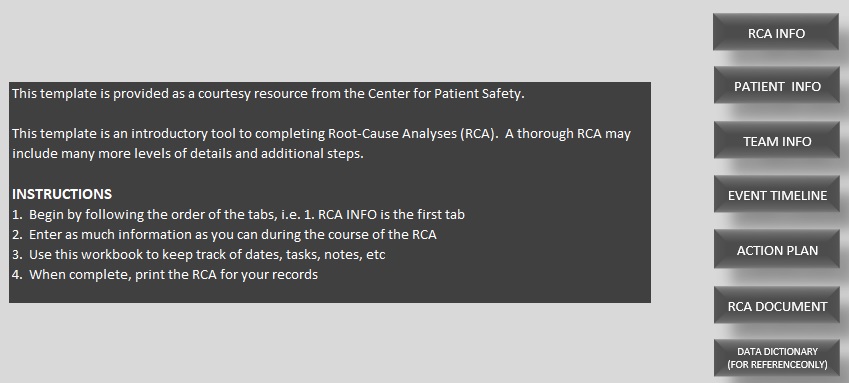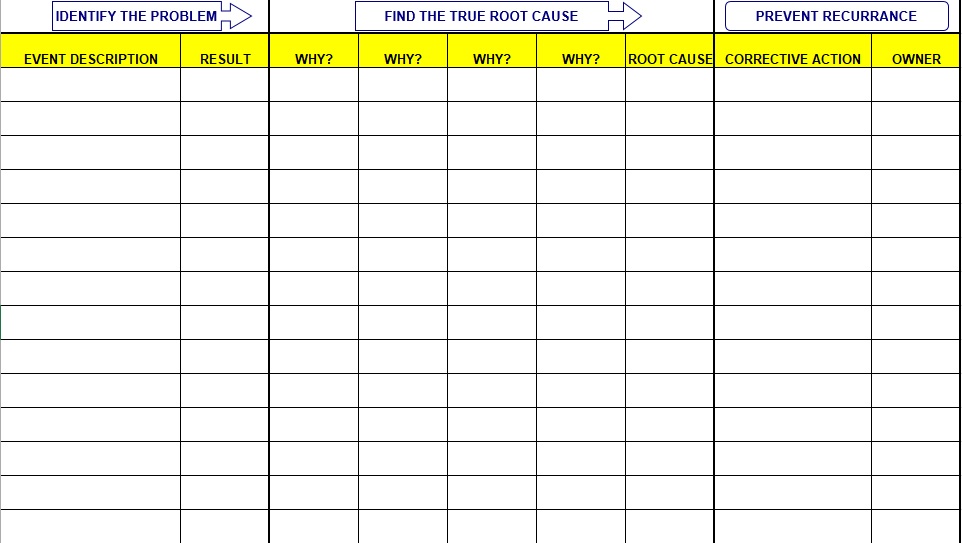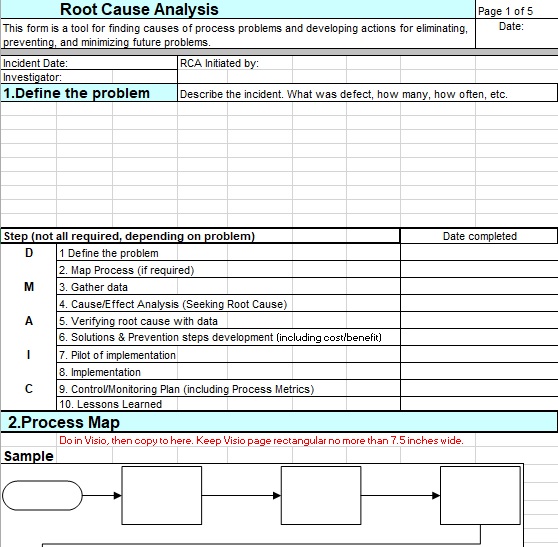A root cause analysis template is a document not only used in a medical field but also in the world of business. A root cause analysis is a process of determining a recurring issue and then helps in getting rid of the root causes. With the help of this template, you can improve your business procedures and enhance productivity.
Table of Contents
What is a root cause analysis?
A root cause analysis is the process of analyzing the root cause of problems. In this process, after analyzing, formulates the most effective solutions to them. Instead of simply dealing with the symptoms of the problem, this method provides emphasis to the significance of taking corrective and preventive solutions.
However, to pinpoint underlying issues, you can also use various principles and techniques to perform RCA rather than using an RCA template. This process helps in finding where the system in question failed to start. The RCA has the following main goals;
- To determine the root cause of a problem.
- To get a complete understanding of how you can solve the problem.
- To deal with the problem and prevent it from occurring in the future, implement what you have learned.
You can use a successful RCA in order to effectively maximize company processes. Then, you can set proactive measures to decrease the risk of future issues. For example, you can directly ask your clients who make those requests directly instead of having to constantly respond to support tickets. You may also like competitive analysis template.
The 5 Whys of root cause analysis?
If you are conducting RCA or using RCA template for the very first time then you should know that there are various methods to use. Some of these methods allow you;
- solve problems
- pin-point issues
- designed to simply provide support
The “5 Whys” analysis is one of the most popular RCA techniques. Along with a root cause analysis form, many industries use it to solve problems because of its practical and simple nature. Moreover, by asking a simple but relevant question 5 times you can easily identify the root cause. For the initial RCA, use the “5 Whys” method.
How to write a root cause analysis?
A root cause analysis template documents the following;
- list of steps taken to pinpoint the issue
- uncover the cause
- describe the method that you plan to use to deal with the issue
- the strategy to prevent it from occurring again
In your RCA template, you can use diagrams to illustrate cause-and-effect relationships. You should include the following elements while making your document;
A description of the problem:
Here, you have to provide the description of the problem you’re investigating. It is suggested to describe this using as many details as possible. It should include the following;
- the time and date when the problem occurred
- what happened exactly
- who discovered the issue
- the people affected by it
A timeline:
All the events that have occurred before, during, and after the problem should be explained in it. This makes you able to reveal potential underlying causes. Times, dates, and the names of everyone involved should be included in it.
The investigative team and the method to use:
In this section, you have to determine the team. Include the details like;
- who takes charge of the investigation of the problem
- in data collection and analysis, the methods they plan to use
- how they plan to report their findings
The root cause:
Here, the team shares their findings as well as a description of the identified root cause.
Corrective action:
Write the action you will take to fix the issue. You should also make sure that it doesn’t happen again.
How to perform a root cause analysis?
The main purpose of root cause analysis is to increase the quality of your services or products. You must conduct the RCA step-by-step in order to make sure that you regain a better flow. Furthermore, RCA’s structure assures that you will never get ahead of yourself. To achieve this, for each of the techniques, it is very important to follow the correct hierarchy.
Before proceeding to the next step, you have to ensure that you stay on each step until you have completely exhausted the possibilities. In this way, you can make your form more organized too. Whatever technique you are using to analyze the main problem, the hierarchy won’t change, it stays the same.
You should go through different root cause analysis examples if this is your first time to conduct an RCA. Bear in mind that the end result of the analysis eliminates and reduces the source of the root cause or primary problem. Make sure that your RCA should be a dynamic process rather than of a static one.
This means you don’t have to get too involved in the problem. You just have to pay attention on the goal. You have to deal with the issue at hand and the possibility that some factors that were lastly bypassed may come up. Additionally, you should also be very vigilant while conducting an RCA. Initially, start off with a single main problem and two contributing factors. You can end up with ten contributing factors or more as you progress with your RCA. Never miss just a single factor. This is because there may a risk of issues caused by the main problem to get reduced, continue but not get removed.
Conclusion:
In conclusion, root cause analysis template is a powerful tool used to identify the root cause of a problem. To perform RCA, you can use different principles and techniques. Since the methodology provides emphasis to the importance of taking corrective and preventive solutions, it takes a proactive stand.

